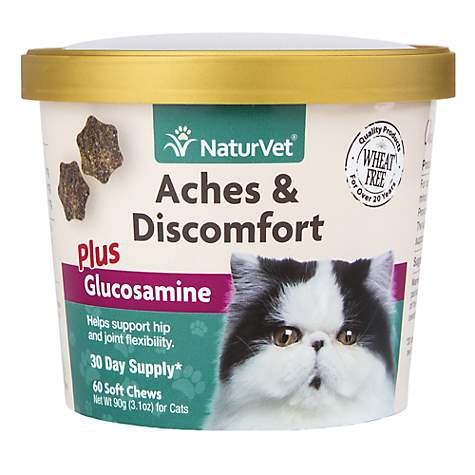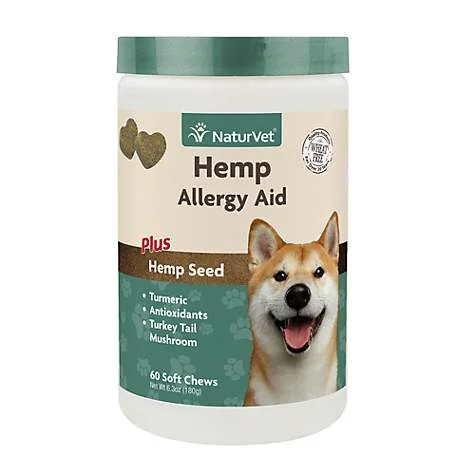History of Commercial Pet Food
/
Development of Commercial Pet Food:
Prior to the late 1800’s dogs were essentially fed ‘table scraps’ or discards of the family meals. However in the 1860’s this all changed when James Spratt an American visiting London came up with an idea that would change the pet food industry forever – now the creator of commercial pet food was not from an occupation you would expect to be associated with Pet food, but an electrician! Walking down the Thames in London he noticed the amount of dogs consuming ‘old hardtack’ crackers discarded by the sailors, this inspired him to create the first canned commercial dog pet food; initially consisting of Meat, Vegetables and Beetroot, it was a hit amongst owners, he expanded his business and succeeded with developing the product amongst the American market.
Now Cats don’t receive a lot of mention in the early stages of pet food development, but they should as it is them that this ‘convenience’ food has impacted the most in terms of negative health consequences. In the 1930’s Cats were fed our leftovers or given meats from the ‘Knackerman’ or ‘Cat Meat Men’ but naturally with the success of the Canine counterpart biscuit feed it was inevitable it would make its way into the feline food market.
During World war two there was a mass shortage of tin and priority was sending metal for weapon production so an alternative had to be created, Purina had at this stage already starting using their cereal production and adopted it to dog food, by 1946 dry commercial food represented 85% of the market.
The next major revolution in the industry came in the 50’s with the development of the extrusion production method developed by Purina. This involves the ingredients being cooked together in a liquid state, pressurised through a mechanical extruder, this produces an expanded product which is then baked. The end product is larger and lighter than previous methods of production and gave the assuming satisfaction to the consumer with ‘more for your money’ appeal. Convenience at this stage was the major marketing ploy with these foods. For production purposes there were large quantities of starch necessary for the extrusion process to be effective and ingredients to bind efficiently. It was necessary for nutrients to be added post cooking to replace the large volume lost during the high heat cooking performed twice, fats and additional flavourings were added post production to ensure palatability and to produce a product aesthetically pleasing to owners also.
Companies then began to market their products as a ‘complete’ food, trying to reinforce the idea that feeding table scraps was actually dangerous and an unhealthy choice for pets. In 1964 the pet food institute started a campaign to educate owners on the perceived dangers of feeding table scraps and how imperative it was to be feeding processed food to your pet. Kibble feed was marketed to owners with attractive colours, appropriate shapes for animals and equally catchy names. The next development was with the production of ‘prescription’ foods sold primarily through Veterinary clinics; this was initially developed by Hills (upon purchase from Colgate 1976) after their large success marketing toothpastes through dentists. The predominant message was pet food is very complicated and ideally left to the ‘professionals’ or experts.
In the 60’s and 70’s cats were brought indoors so it became necessary to resize canine foods to fit with a cats requirements, however unfortunately the formula wasn’t changed and this resulted in mass Taurine deficiency and not until 10’s of thousands of cats had died that ‘Hills’ and ‘Purina’ acknowledged the catastrophe (March 1987). Since then there has been one further major food manufacturer disaster in the Melamine contamination recall 2007 which lead to ‘Food safety modernization act 2011’
In the 90’s predominantly feline guardians began to get frustrated with the poor quality food available and started the raw feeding movement, dry food companies responded by increasing protein in feeds but not lowering the carbohydrate content (A futile health move) Just replaced grains with potatoes and tapioca while maintaining the high carbohydrate content which is the real health issue with commercial pet foods and our furry family members, they ARE NOT designed to consume a high Carbohydrate diet they are predominantly carnivorous. I cannot emphasise enough the long term health benefits of feeding your Canine and Feline family members “Foods they need to thrive not just survive!”
Reference:
Gates. M. 2019. A brief history of commerical pet food. Feline Nutrition Foundation.
<https://feline-nutrition.org/features/a-brief-history-of-commercial-pet-food>



























